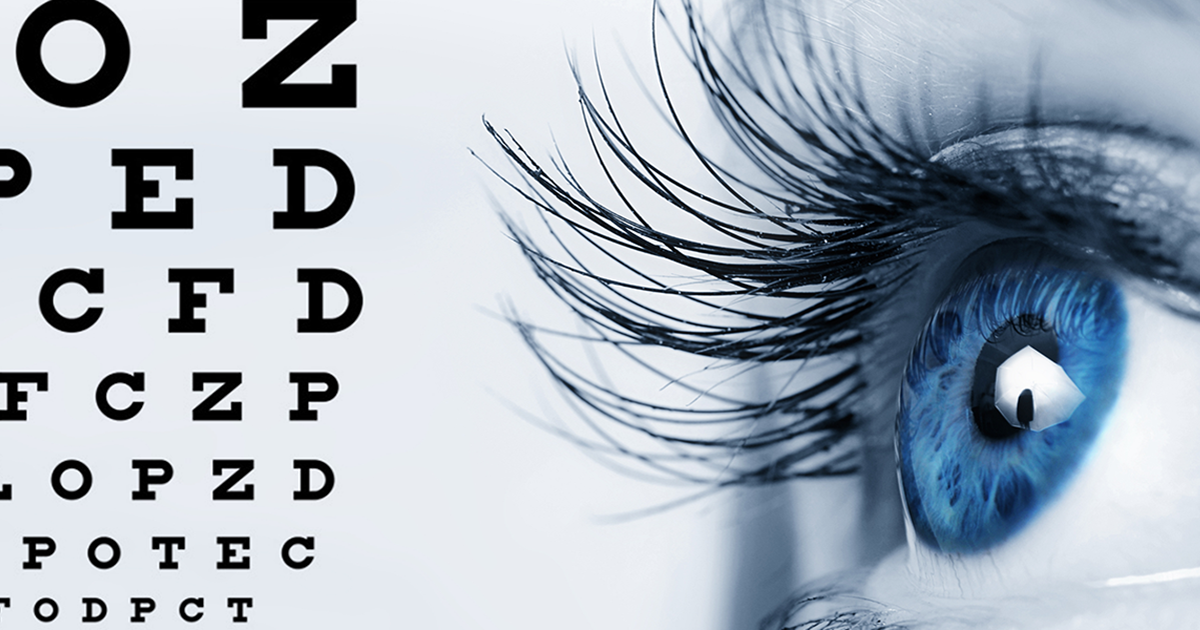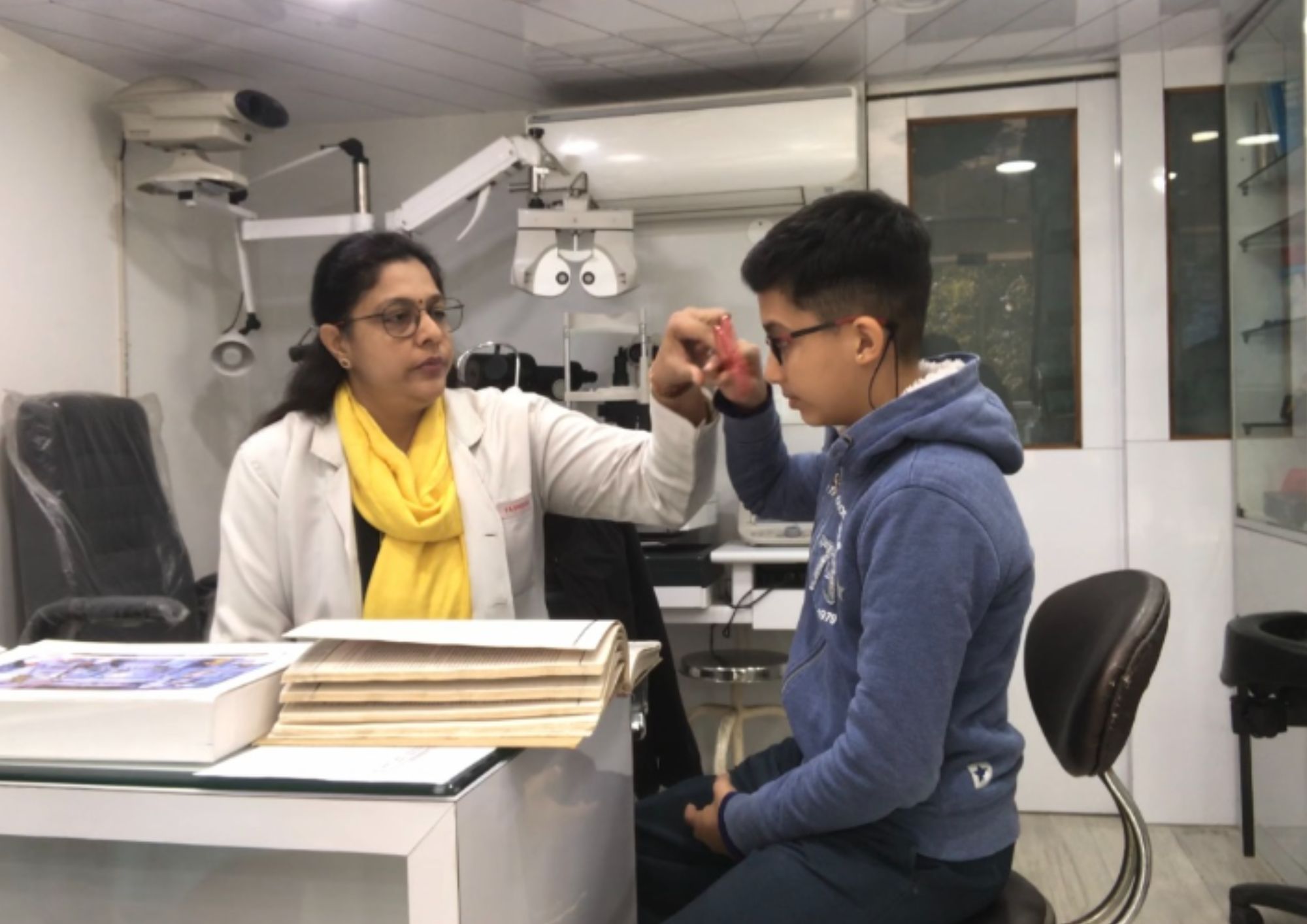Refractive Surgeries in AL: Improve Your Vision with Professional Treatment
Refractive Surgeries in AL: Improve Your Vision with Professional Treatment
Blog Article
The Function of Advanced Diagnostic Devices in Identifying Eye Disorders
In the world of ophthalmology, the usage of innovative diagnostic devices has actually transformed the very early identification and management of different eye disorders. From identifying subtle changes in the optic nerve to checking the progression of retinal conditions, these innovations play a pivotal function in enhancing the accuracy and performance of diagnosing eye conditions. As the demand for specific and timely medical diagnoses continues to grow, the combination of advanced devices like optical coherence tomography and visual area screening has come to be essential in the world of eye treatment. The elaborate interplay in between modern technology and ophthalmic practices not only drops light on complex pathologies but likewise opens up doors to customized therapy methods.
Relevance of Very Early Diagnosis
Early diagnosis plays a critical role in the efficient management and therapy of eye disorders. Timely identification of eye conditions is essential as it permits timely treatment, potentially avoiding more development of the condition and decreasing long-term complications. By spotting eye disorders at an early phase, health care providers can supply suitable therapy plans customized to the particular condition, ultimately leading to far better outcomes for clients. Moreover, very early medical diagnosis allows clients to access necessary assistance services and resources earlier, improving their overall quality of life.

Technology for Discovering Glaucoma
Cutting-edge diagnostic modern technologies play a vital function in the very early detection and monitoring of glaucoma, a leading reason of irreparable blindness worldwide. One such technology is optical comprehensibility tomography (OCT), which gives comprehensive cross-sectional pictures of the retina, permitting the measurement of retinal nerve fiber layer density. This measurement is vital in assessing damages triggered by glaucoma. One more advanced device is visual field screening, which maps the sensitivity of a person's aesthetic field, helping to discover any type of locations of vision loss feature of glaucoma. In addition, tonometry is utilized to determine intraocular pressure, a significant risk factor for glaucoma. This test is vital as raised intraocular Recommended Site stress can result in optic nerve damage. Additionally, newer technologies like making use of synthetic intelligence formulas in analyzing imaging information are revealing appealing results in the early detection of glaucoma. These advanced analysis tools enable ophthalmologists to diagnose glaucoma in its beginning, permitting prompt treatment and far better monitoring of the condition to protect against vision loss.
Function of Optical Comprehensibility Tomography

OCT's ability to evaluate retinal nerve fiber layer density enables precise and unbiased measurements, assisting in the early discovery of glaucoma even before aesthetic field issues emerge. OCT innovation allows longitudinal surveillance of architectural changes over time, helping with personalized treatment plans and timely treatments to assist preserve individuals' vision. The non-invasive nature of OCT imaging also makes it a favored choice for keeping an eye on glaucoma progression, as it can be repeated frequently without creating discomfort to the individual. On the whole, OCT plays an important duty in enhancing the diagnostic precision and monitoring of glaucoma, ultimately contributing to much better end results for people at threat of vision loss.
Enhancing Diagnosis With Visual Field Testing
An essential component in extensive ophthalmic assessments, visual field testing plays a critical role site in enhancing the diagnostic procedure for various eye disorders. By assessing the full degree of an individual's visual field, this test provides essential information about the useful honesty of the whole visual pathway, from the retina to the visual cortex.
Aesthetic area testing is specifically beneficial in the medical diagnosis and management of problems such as glaucoma, optic nerve problems, and numerous neurological conditions that can impact vision. Through quantitative dimensions of peripheral her latest blog and main vision, medical professionals can identify refined modifications that may show the existence or progression of these disorders, also before noticeable signs and symptoms happen.
Additionally, visual field screening enables the monitoring of therapy efficacy, aiding eye doctors tailor healing interventions to specific clients. eyecare near me. By tracking changes in visual area efficiency over time, healthcare providers can make enlightened decisions regarding adjusting medicines, recommending medical interventions, or carrying out other proper measures to protect or improve an individual's visual feature
Managing Macular Deterioration

Conclusion
In verdict, advanced analysis devices play a critical duty in determining eye disorders early on. Technologies such as Optical Comprehensibility Tomography and visual area screening have substantially enhanced the accuracy and performance of identifying problems like glaucoma and macular deterioration.
Report this page